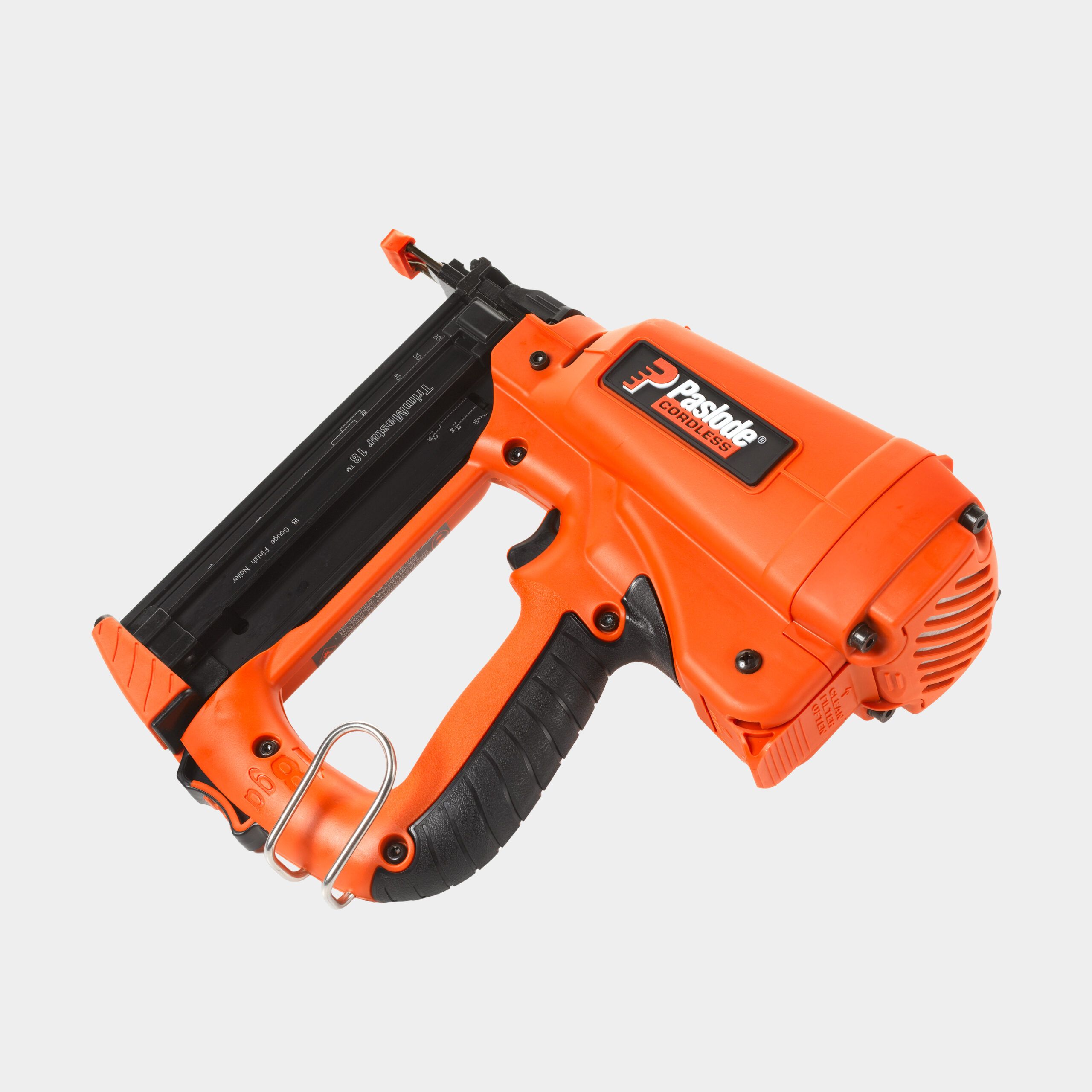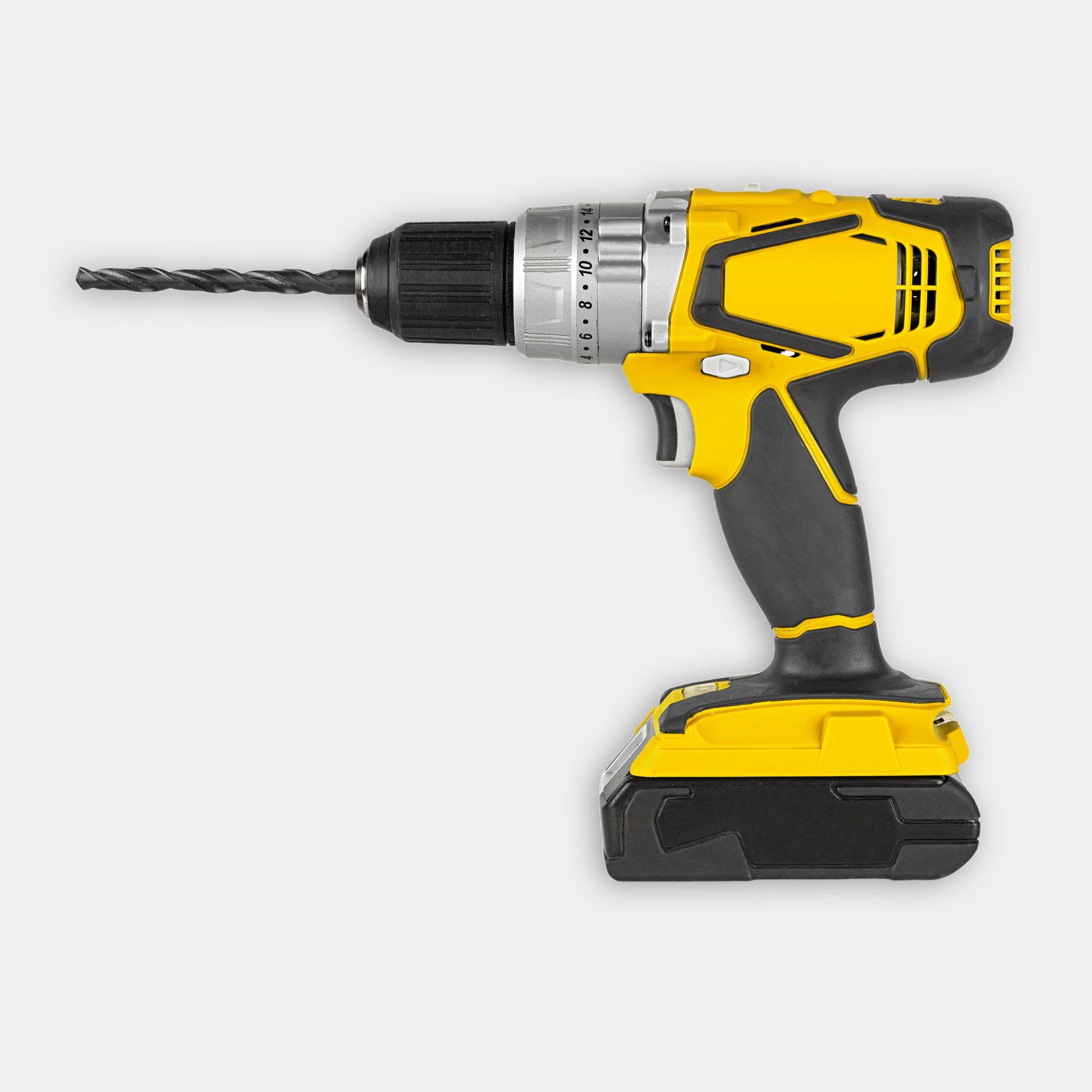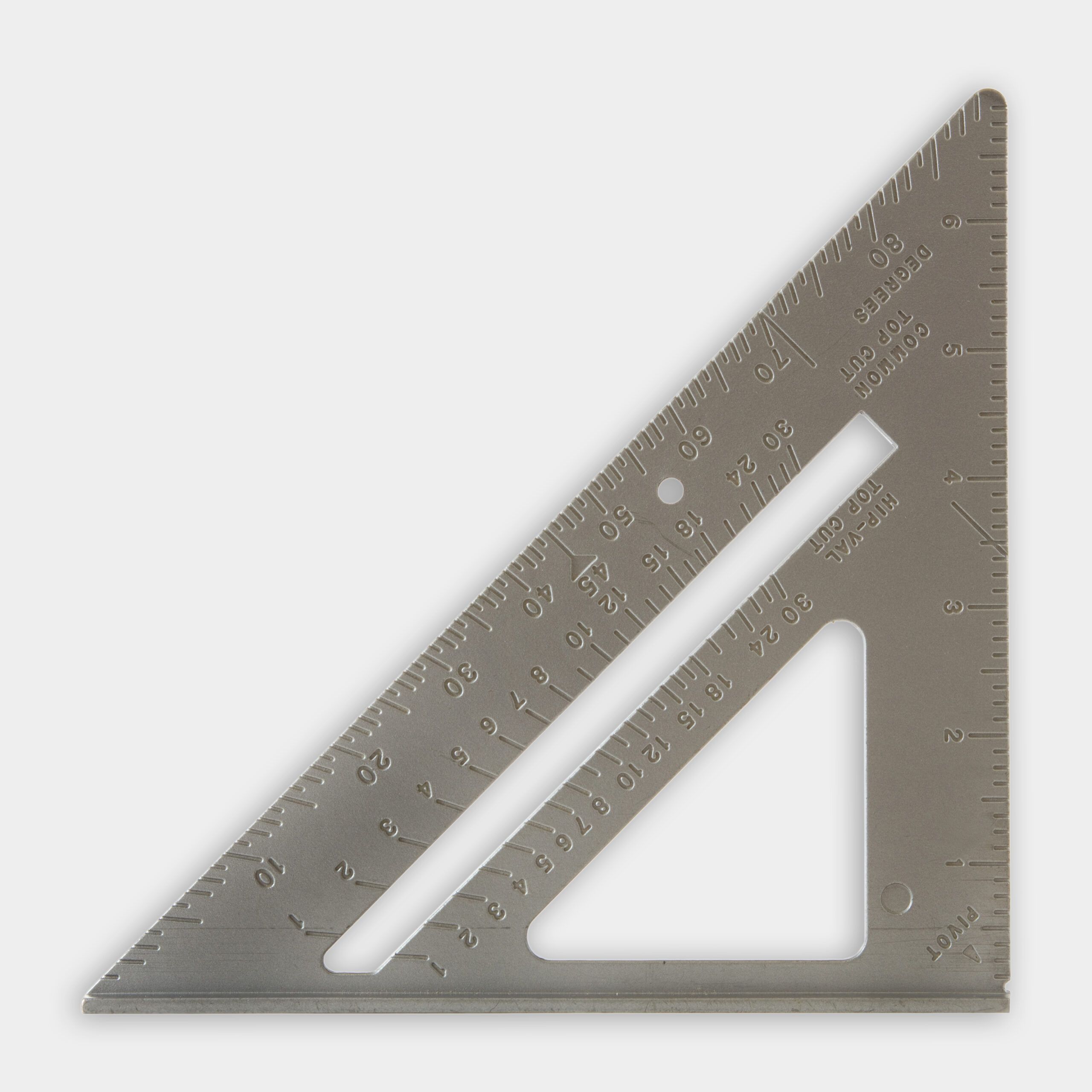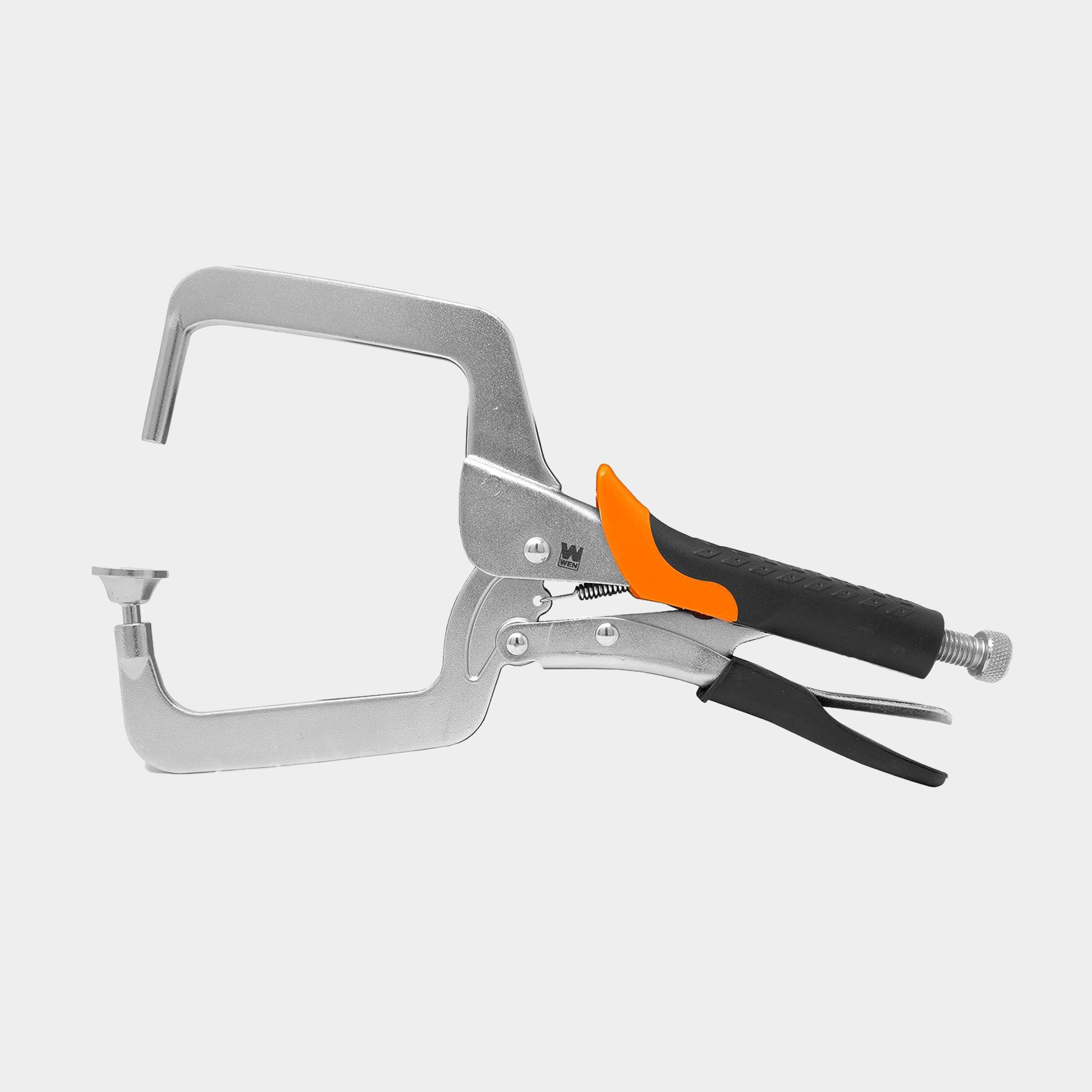We may be compensated if you purchase through links on our website. Our team is committed to delivering honest, objective, and independent reviews on home products and services.
Project details
Skill
Cost
Estimated Time
Purchasing a picture frame TV can be costly, but building your own frame for an existing TV is both easy and inexpensive. With unlimited molding styles to choose from at your local home center or lumberyard, the frame’s look can become a cohesive addition to any living room. In the video above, Jenn Largesse from House One shows how to construct a stylish wooden TV frame using basic tools and materials.
Materials and Tools Needed for a DIY TV Frame
For this project, Largesse chose the modern look of a 1×2 board with a delicate inset cove molding to match the look of the built-in shelving around her TV. She finished it with gold spray paint to complete a custom-built frame. To complete this project yourself, gather the following materials and tools.
Materials
Here are the materials you’ll need:
- Two 1×2 boards
- Two 3/8″x3/8″x4′ cove molding pieces
- 2-inch finish nails
- 5/8-inch finish nails
- Sanding sponge
- Spray paint
- Wood glue
- Wood filler
- Adhesive velcro strips (optional)
Tools
Grab these tools to make your TV frame:
- Clamps
- Drill and chisel or multi-tool
- Miter saw
- Pneumatic nail gun
- Sandpaper (220-grit)
- Speed square
- Tape measure
Steps To Build a DIY Wooden TV Frame
While working on DIY projects, always prioritize safety. Use appropriate personal protective equipment, such as safety glasses, ear protection, and gloves. Ensure your workspace is well-lit and clutter-free.
Follow these steps to create your custom TV frame.
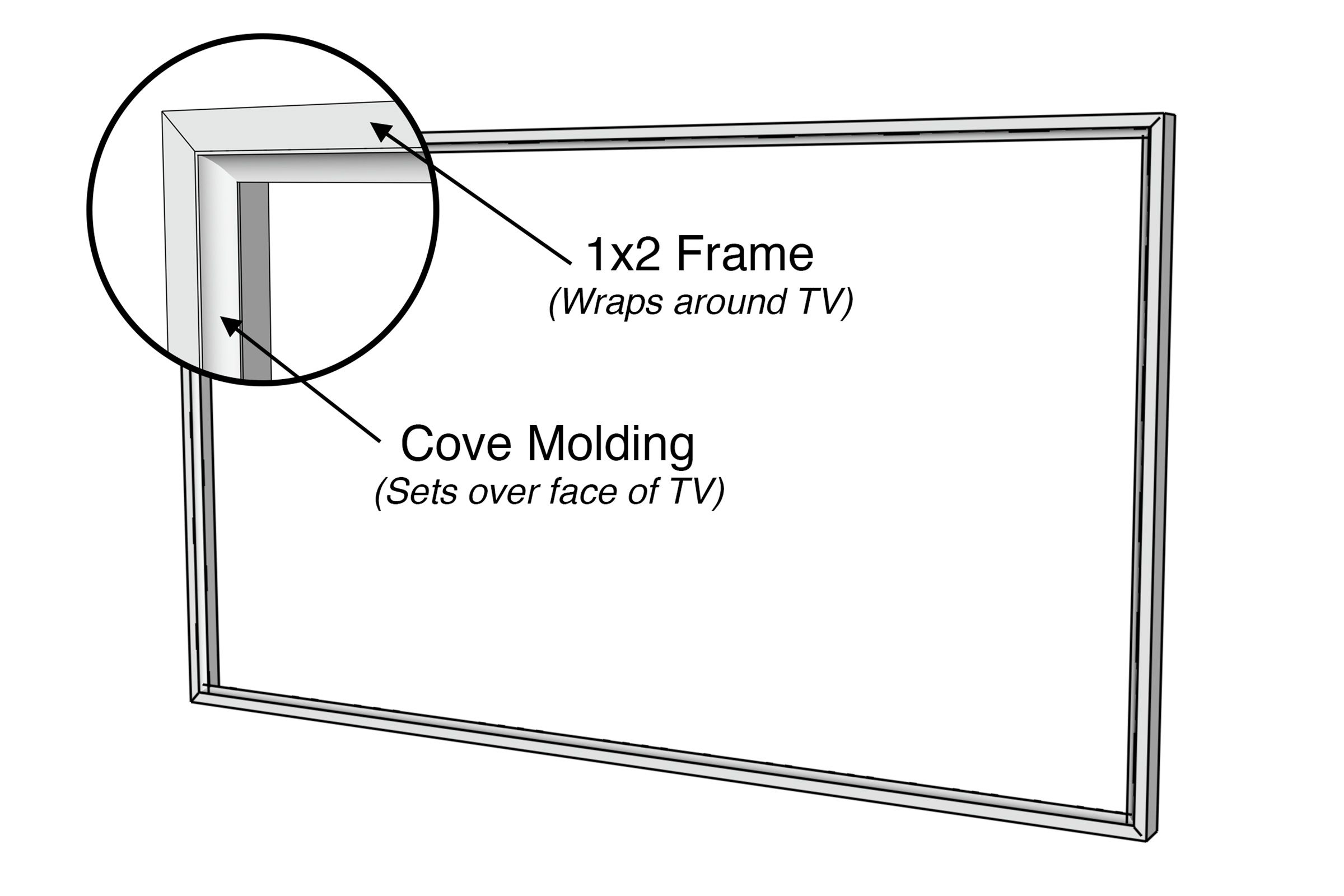
1. Measure the TV
Using a tape measure, measure the outside height and width of the TV. Add 1/8 inch to each dimension to allow a small amount of wiggle room when fitting the frame around the TV.
2. Cut the Boards to Length
Set your miter saw to a 45-degree angle. Place a 1×2 board on the edge of the saw and make your first miter cut. Measure and mark the length needed for each side of the frame, ensuring the inside dimensions match your TV measurements plus the 1/8-inch allowance. Cut all four pieces of the frame, making sure the opposing ends have matching 45-degree angles.
3. Assemble the Frame
Using a speed square to ensure a 90-degree angle at each corner, position the sections on the work surface to create the four sides of the frame. Apply glue to the mitered ends and secure the joints with 2-inch finish nails through each side of the connection. Carefully reposition the pieces as needed—the mitered joints will continue to flex until the glue fully cures. Once all four joints are secured, double-check each with a speed square and then allow the glue to cure undisturbed.
4. Miter the Trim
To add a decorative touch to your frame, cut the cove molding to fit inside each side of the frame by using a miter saw. Use a scrapboard along the fence of your miter saw to support the thin trim while cutting. Miter the ends of the molding pieces at 45 degrees to create a seamless fit inside the frame.
5. Install the Trim
Apply wood glue to the back of each trim piece and position it slightly below the front face of the frame. Secure the molding using 5/8-inch nails and a pneumatic nailer. For longer sides of the frame, you may need to splice two pieces of molding together using 45-degree angles to create the full length. Once the glue dries, prep the frame for paint by filling the nail holes. Then, smooth the filled holes and mitered joints with a sanding sponge.
6. Create a Notch (Optional)
If your TV has a name display or other elements that need to remain visible, mark their location on the bottom frame piece. Next, measure and mark the depth of the cove trim and cut out a notch so those features aren’t obstructed. This doesn’t have to be neatly done—a drill and chisel can be sufficient if you don’t have a multi-tool.
7. Apply the Finish
Apply a coat of primer and two to three coats of spray paint to finish the frame, sanding between coats with 220-grit sandpaper.
8. Install the Frame
Adhere several strips of adhesive velcro to the inside of the frame and to the outer edges of the TV. Alternatively, you can staple a vertical elastic strap to the backside of the frame about 8 inches from each end that can be pulled around the backside of the TV to hold it in place. Then, place the frame around the TV.
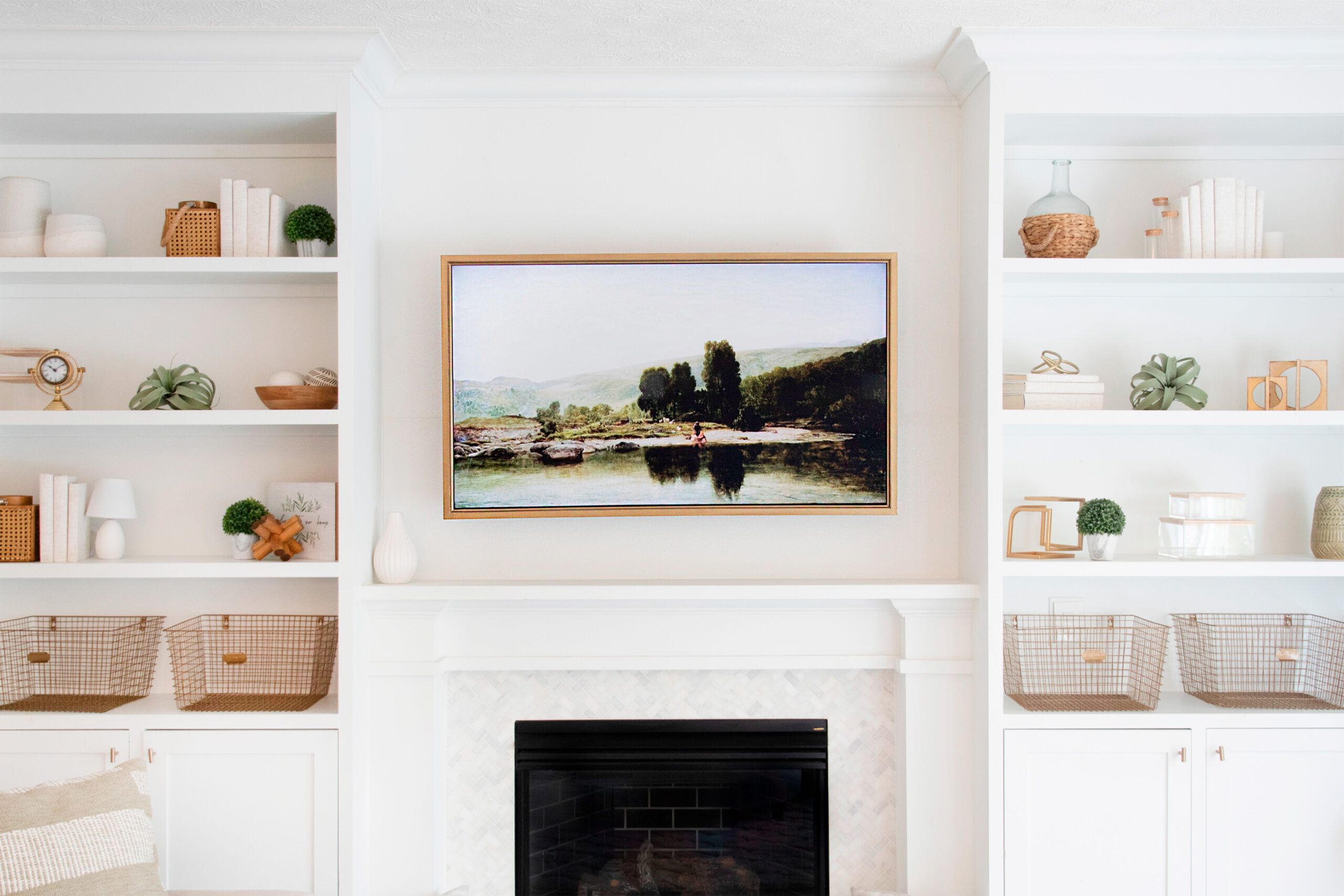
Tips for a Professional-Looking TV Frame
To ensure your DIY TV frame looks its best, keep these tips in mind:
- Consider TV features: If your TV has a name display or control buttons, plan accordingly when designing your frame to avoid covering these elements.
- Measure twice, cut once: Double-check all measurements before making any cuts to avoid wasting materials.
- Sand thoroughly: Take your time sanding between paint coats for a smooth, professional finish.
Customizing Your DIY TV Frame
One of the benefits of building your own TV frame is the ability to customize it to your liking. Consider these factors to make your frame unique:
- Decorative molding: Select from various molding profiles to create a frame that ranges from simple and modern to ornate and traditional.
- Finish options: Experiment with different paint colors, wood stains, or distressed looks to match your style.
- Wood selection: Choose a wood type that complements your existing decor, such as oak, pine, or maple.
Customizing your TV frame further with additional features can bring even more personality to your living space. You can incorporate elements such as the following:
- Backlighting: Integrate LED strips behind the TV frame for ambient lighting that enhances the viewing experience, especially in low-light conditions.
- Built-in shelves: Add small shelves to the sides or bottom of the frame where you can place decorative items or remote controls.
- Textural additions: Use textural elements like burlap, fabric inlays, or intricate carvings to give your frame a unique touch.
Maintaining Your Wooden TV Frame
Maintaining your new TV frame keeps it looking fresh. Regularly dust the frame with a soft, lint-free cloth to prevent dust buildup. If the frame is painted, avoid using harsh chemicals. Instead, use a damp cloth with mild soap. For stained or bare wood frames, periodic reapplication of wood polish or wax will maintain the wood’s appearance and protect the finish.
Our Conclusion
Building a DIY wooden TV frame is an affordable and rewarding project that can enhance your home’s decor. With basic woodworking skills and the right materials, you can create a custom frame that transforms your TV into a stylish focal point. This project offers endless possibilities for personalization, allowing you to craft a frame that perfectly suits your taste and complements your living space.

